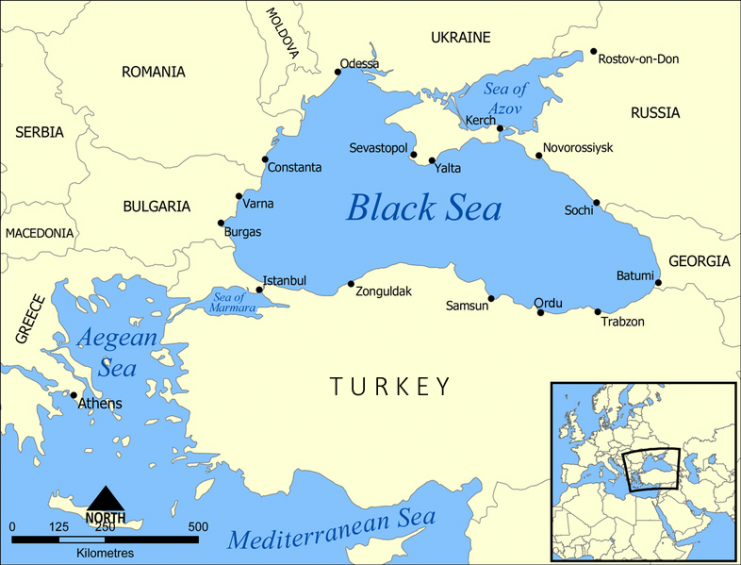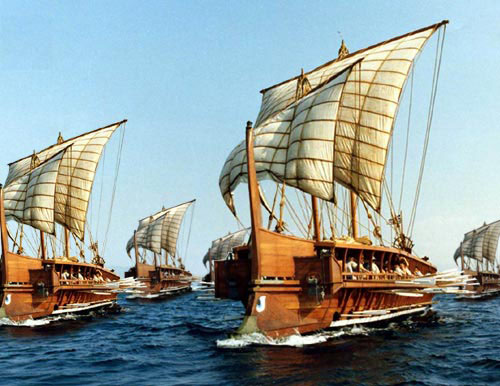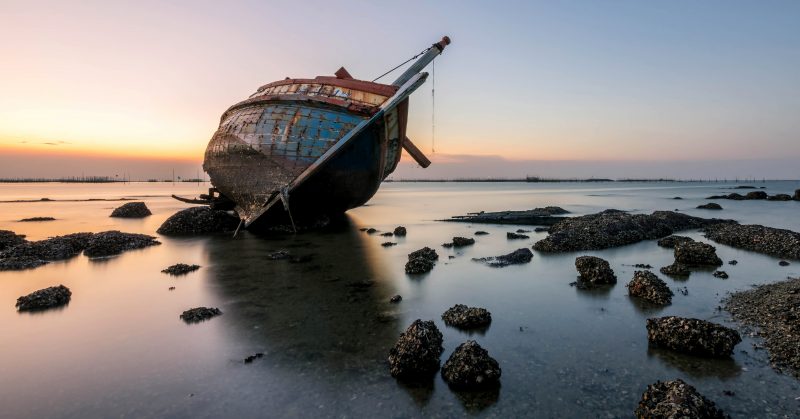The intention behind the Black Sea Maritime Archaeological Project (MAP) was not to trawl the Black Sea in search of ancient ships, but that’s exactly what it’s done, and in the process, the project has unearthed sixty remarkably well-preserved shipwrecks.
Run by the British EEF Expeditions Limited along with the University of Southampton, the Black Sea MAP’s original intention was to explore the historic aspects of climate change.
MAP intended on using lasers to map all of the 168,500 square miles of the Black Sea, bisecting ground claimed by Bulgaria, Russia, Georgia, Turkey and Ukraine, with no involvement whatsoever with the global oceanic system. They were hoping they could discern how its surface had altered since the last glacier cycle, about 12,000 years ago.
The Black Sea was created when the warming Earth melted the glacial ice forcing sea levels to rise, and water from the Mediterranean to spill over into Asia Minor. During the process of investigating and studying these vast environmental changes, the MAP team’s remotely operated vehicles (ROVs) discovered the first of the untouched, well-preserved wrecks resting on the bottom of the sea.

The ships are of great interest to historians, who can glean new insights into the commercial networks and linkages between Europe and its trading partners in the east. These people braved the Hostile Sea, bringing grain, cattle, wine and textiles to European cities in an enterprise that was clearly fraught with danger.
The MAP team continues its important work into climate change, but there’s little point in not recognizing that the ships have become the true focus of attention. At a certain depth, the Black Sea lacks oxygen, which greatly depletes the amount of life that can exist within the water’s depths.
Now without the presence of particular organisms to consume the ships, they have remained extremely well preserved. Hence, thousands of meters below the waves masts still stand with rudders in place, and cargo and ship fittings on deck.

“We dived on one wreck, a merchant vessel of the Byzantine period dating to the tenth century,” said Chief Investigator Jon Adams, professor of maritime archaeology at Southhampton. “It lies at a depth of 93 meters (305 feet). This puts it into the diving range, so we took the opportunity to visually inspect certain structural features first-hand.”
The wreck’s condition below the sediment came as a shock to the investigators, who were startled to find that the structure timber looked as good as new. This bears the suggestion that far older wrecks must feasibly exist, and then a few days later they discovered three considerably older wrecks including one from the Hellenistic period of Greece, and yet another that could potentially be even older including one that looks like it may date back to the fourth of fifth century BCE.

Empires have come and gone, but the Black Sea has been a constant trade route for centuries. The finds include a wide variety of cultures including crafts from the Roman, Byzantine and Ottoman eras.
But they found more than just ancient ships. Alongside an ancient shoreline, researchers unearthed an entire Bronze Age settlement in Bulgaria that had ultimately been lost to rising tides, owing to MAP’s mingled investigations into history and climate change.
What had originally started as a village for the Greek colonists gave way to a harbor for the Byzantine sailors, and then developed into an anchorage for the Ottomans.
According to Adams, their primary aims were focused on the region’s later prehistory, and specifically on the human response to major environmental change. Adams believes that the group now has an unparalleled data archive that will provide some long-sought answers to big questions about the human past.
